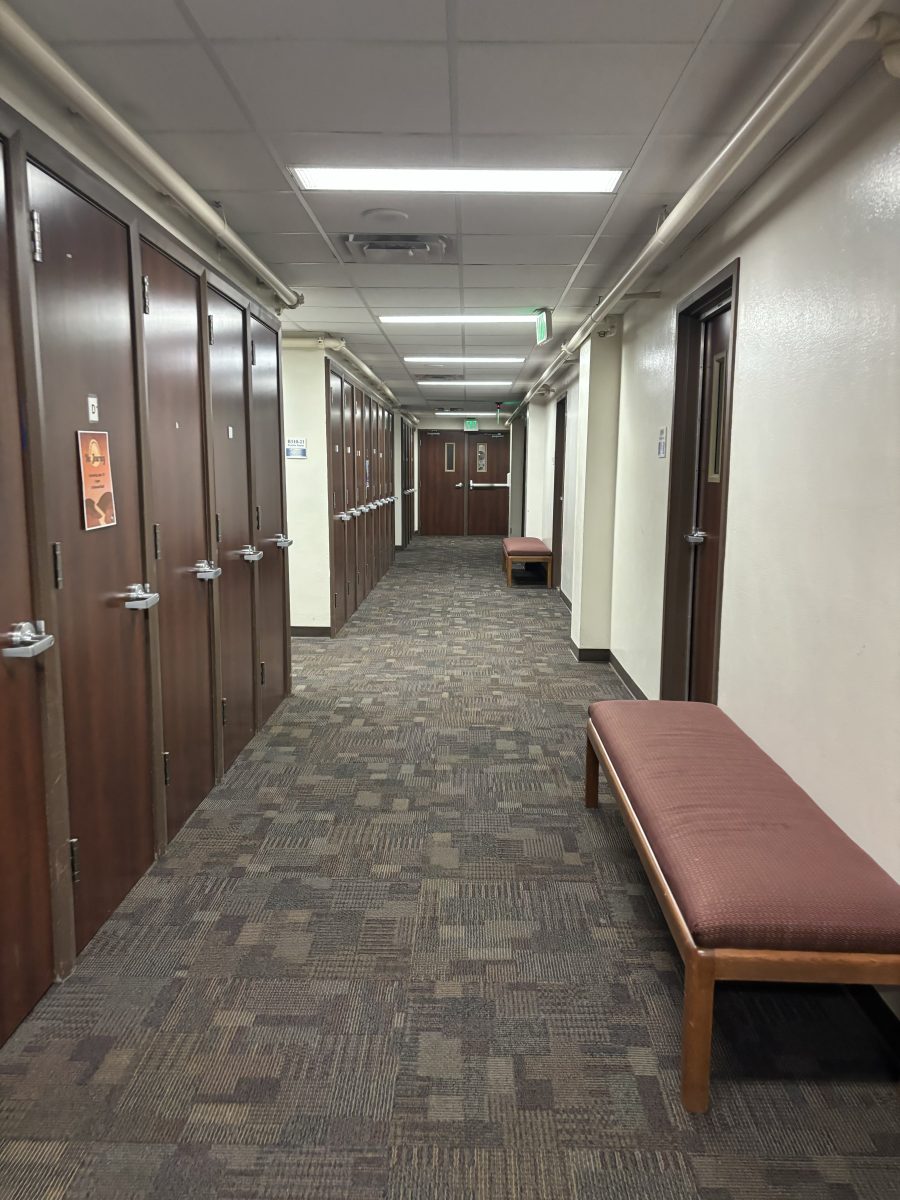The U.S. housing industry is finally showing some signs of life - a mild recovery that’s showing up as huge gains for homebuilder D.R. Horton. And if the Federal Reserve Board’s latest effort to strengthen the market, the “quantitative easing” program known as QE3, works as intended, Horton and its homebuilding competitors could see even more growth.
On Sept. 13, the Federal Reserve Board announced it would purchase $40 billion worth of mortgage-based securities every month, and it foresees doing so until at least mid-2015. QE3 is intended to push long-term interest rates towards near record lows, and add more liquidity to the mortgage market. In Texas, 30-year mortgage fixed rate is at an extremely low 3.26 percent according to Zillow.com on Oct. 16.
In its fiscal third quarter ended June 30, D.R. Horton experienced a 14.4 percent increase in revenue to $1.1 billion compared to its third quarter in 2011. Excluding a $716.7 million non-cash tax benefit, the company posted net income of $71.1 million, a jump of 248 percent from the year-ago quarter.
The company’s stock price also shows a huge recovery. On Oct. 22 of this year the stock closed at $21.43, an 84.6 percent increase from the $11.61 closing on Oct. 24, 2011.
The Fed’s program is an effort to help struggling Americans in this economy, and the QE3 is in it for the long haul until employment rates improve. The national unemployment rate in Sept. 2012 was 7.8 percent according to the Bureau of Labor Statistics, a decrease of 0.3 percentage points from the previous month.
Samer Keilani, a realtor and broker, said he believes the housing economy depends on the job market for success. And he has noticed improved responses to his offerings in the past couple of months.
“If I listed something for $150,000, when the economy was weaker people may have low-balled me and offered $135,000. Now people are making stronger offers closer to the listing price,” Keilani said.
For 10 years now, the company has been America’s largest homebuilder based on the number of holds sold. According to Jessica Hansen, director of investor relations, the company closed 18,302 homes in a 12-month period that ended June 30, 2012. This is a 14.5 percent increase from the 15,989 homes sold in the year-ago quarter, according to the 2011 third fiscal quarter 8-K. It operates in 26 states and 75 markets and had approximately 3,250 employees as of June 30.
On Aug. 2011 the company announced it acquired Breland Homes, which operates in Alabama and Mississippi.
“We are finding opportunities to take market share in existing markets while evaluating attractive new submarkets,” Donald Tomnitz, chief executive officer, vice chairman and president, said in the company’s third quarter earnings conference call. Besides building homes, D.R. Horton also provides financial services with mortgage financing and title agency services to homebuyers. The company primarily builds traditional homes as well as townhouses, triplexes and condominiums. There are design centers in its individual markets.
Despite these improvements, D.R. Horton still isn’t close to what it was before the housing crisis in 2008. According to the company’s 2006 10-K, D.R. Horton pulled in about $14.8 billion in revenue that year. In the nine months to date in this fiscal year, D.R. Horton has posted about $2.9 billion in revenue.
Although data on September has not yet been released, D.R. Horton is confident it is on the right track.
“We are optimistic that we can continue to grow in the current economic environment,” Hansen said.
D.R. Horton was founded in 1978 by Donald R. Horton, the company’s current chairman. Donald Tomnitz was elected vice chairman and chief executive officer of the company in 1998 and he also acts as the company’s president.
For more information about D.R. Horton, visit the company’s website at www.drhorton.com.










